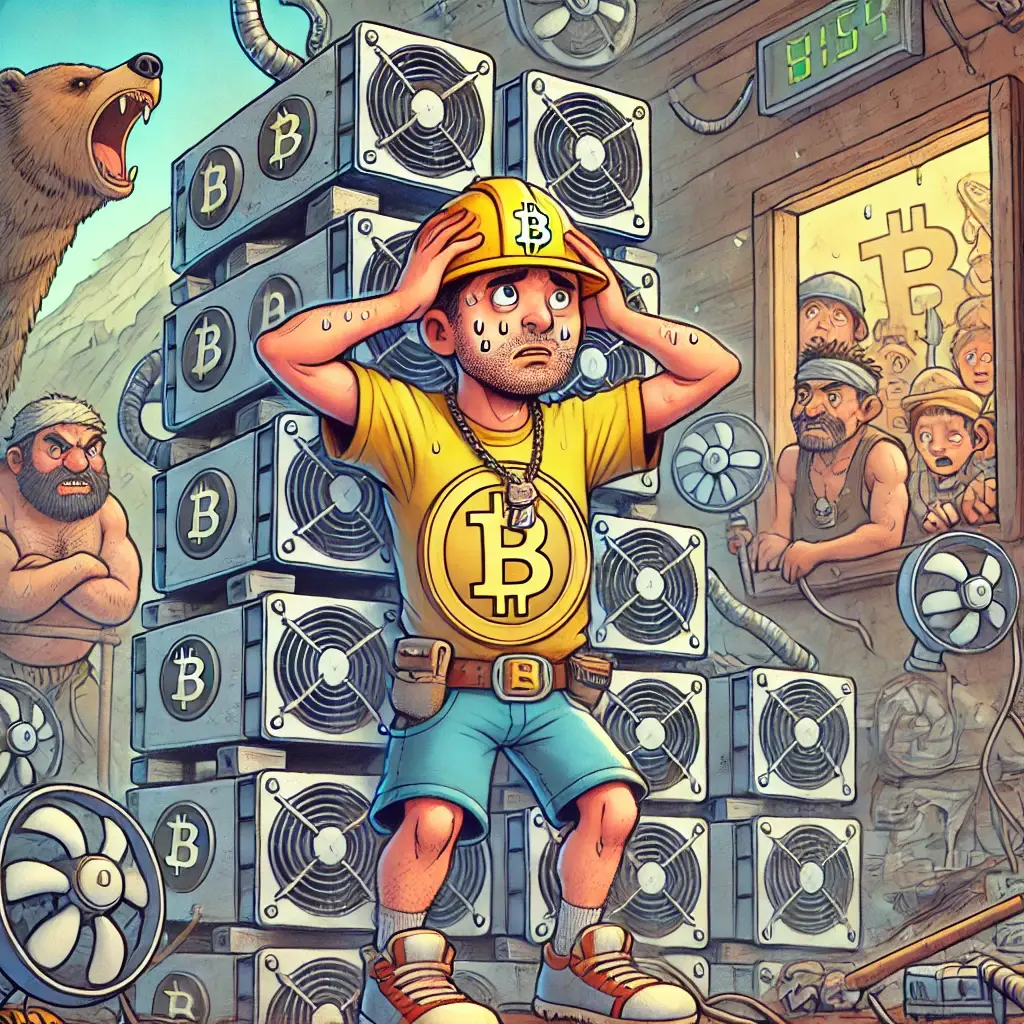Bitcoin mining is not for the faint-hearted. It’s a battle of wits, willpower, and watts. But what happens when a miner sets up shop in less-than-friendly environments? Grab your hard hat (and maybe a Kevlar vest) as we explore the thrilling, often absurd, life and inevitable demise of a Bitcoin miner in hostile territories.
The Quest Begins: Why Hostile Territories?
The Allure of Cheap Electricity
Bitcoin miners are notorious for sniffing out the cheapest kilowatt-hours like bloodhounds on a scent trail. Remote areas with subsidized power or outdated regulations often become their El Dorado. But there’s a catch.
The Hidden Costs of "Cheap"
-
Unstable grids: Frequent outages leave miners staring at blank screens and cooling fans that have nothing to cool.
-
Local resentment: Townsfolk might not appreciate their electricity bill suddenly resembling a New Year’s Eve fireworks display.
-
Geopolitical instability: Mining rigs don’t fare well when your data center doubles as a battlefield.
The Call of Secrecy
Hostile territories are also great for another reason: anonymity. Whether it’s dodging taxes, avoiding regulations, or simply living that rebel lifestyle, miners have their reasons. Unfortunately, secrecy comes at a price.
Risks of Going Off-Grid
-
Equipment confiscation: Authorities might take your shiny new ASIC miner and turn it into an office paperweight.
-
Data center raids: Picture a SWAT team, but instead of busting down drug dens, they’re unearthing crypto farms.
-
Untrustworthy partners: Not everyone offering “secure hosting” is your friend. Ask any miner whose rigs were “lost” in mysterious warehouse fires.
Daily Struggles of a Bitcoin Miner
The Eternal Heat Battle
Bitcoin miners generate enough heat to melt a small glacier. In hostile territories, cooling solutions can get… creative.
-
Desperate DIY setups: Think rows of fans duct-taped to walls. Effective? Sometimes. OSHA-compliant? Never.
-
Unintended consequences: Venting hot air in freezing climates might attract curious locals—or bears.
Local Politics: Friends or Foes?
Miners often find themselves balancing delicate relationships with local officials, who might want a slice of the pie—or the whole bakery.
-
Bribes disguised as "permits": A common practice, though occasionally backfires when rival officials get jealous.
-
Protests: Nothing says “we’re unwelcome” like villagers chanting outside your data center holding pitchforks—literal or metaphorical.
The Inevitable Downfall
Natural Disasters: The Final Boss
Earthquakes, floods, or freak electrical storms can destroy months of hard work in seconds. It’s nature’s way of saying, “Maybe Bitcoin isn’t for you.”
The Long Arm of the Law
Whether it’s an anti-crypto crackdown or an overdue tax audit, authorities tend to catch up eventually. For some miners, their rigs end up on eBay—government-seized and heavily discounted.
The Unbearable Costs
When electricity subsidies vanish or competition intensifies, even the most dedicated miners might be forced to shut down.
-
ROI nightmares: Remember those rigs you bought? They’re now worth less than your monthly coffee budget.
-
Crypto winters: Nothing chills ambition like plummeting Bitcoin prices.
Lessons from the Fallen
Adapt or Die
Savvy miners learn to pivot—whether it’s by relocating to friendlier territories, embracing renewable energy, or switching to less resource-intensive coins.
The Importance of Community
Mining doesn’t have to be a solitary venture. Joining a pool or forming local alliances can provide security, shared resources, and fewer lonely nights in the data center.
Conclusion: A Tale of Caution and Comedy
The life of a Bitcoin miner in hostile territories is part thriller, part comedy, and entirely unpredictable. Whether it’s dodging raids, battling the elements, or negotiating with less-than-saintly officials, miners prove one thing: the pursuit of digital gold isn’t for the weak-willed. So, next time you see Bitcoin’s price spike, spare a thought for the brave (and slightly unhinged) souls keeping the blockchain alive in the harshest conditions.
